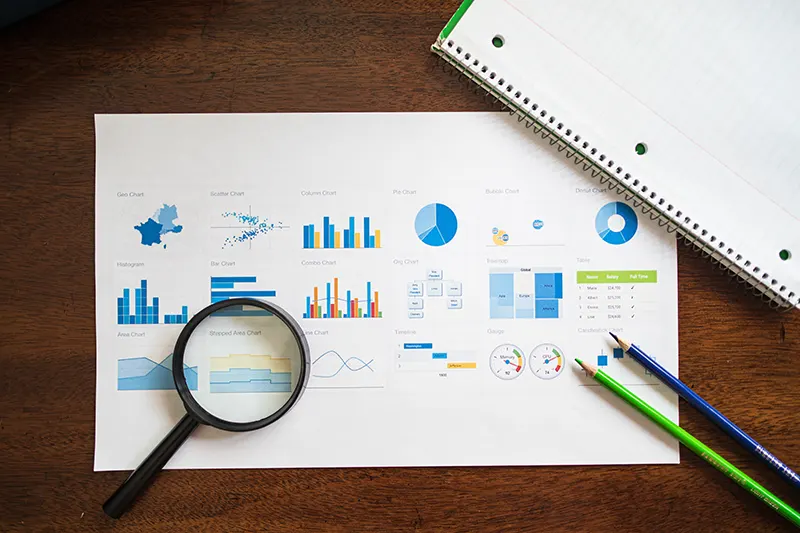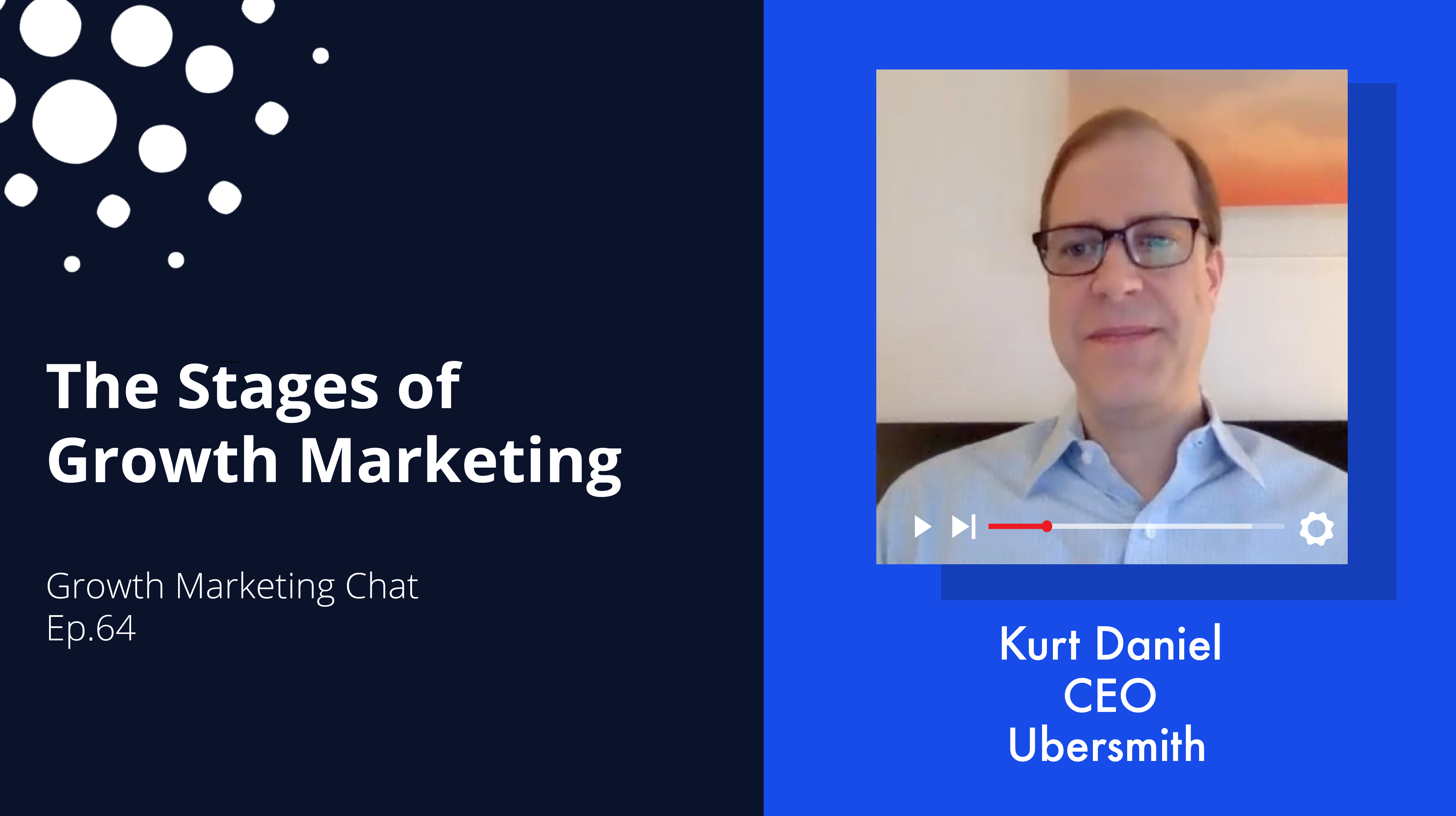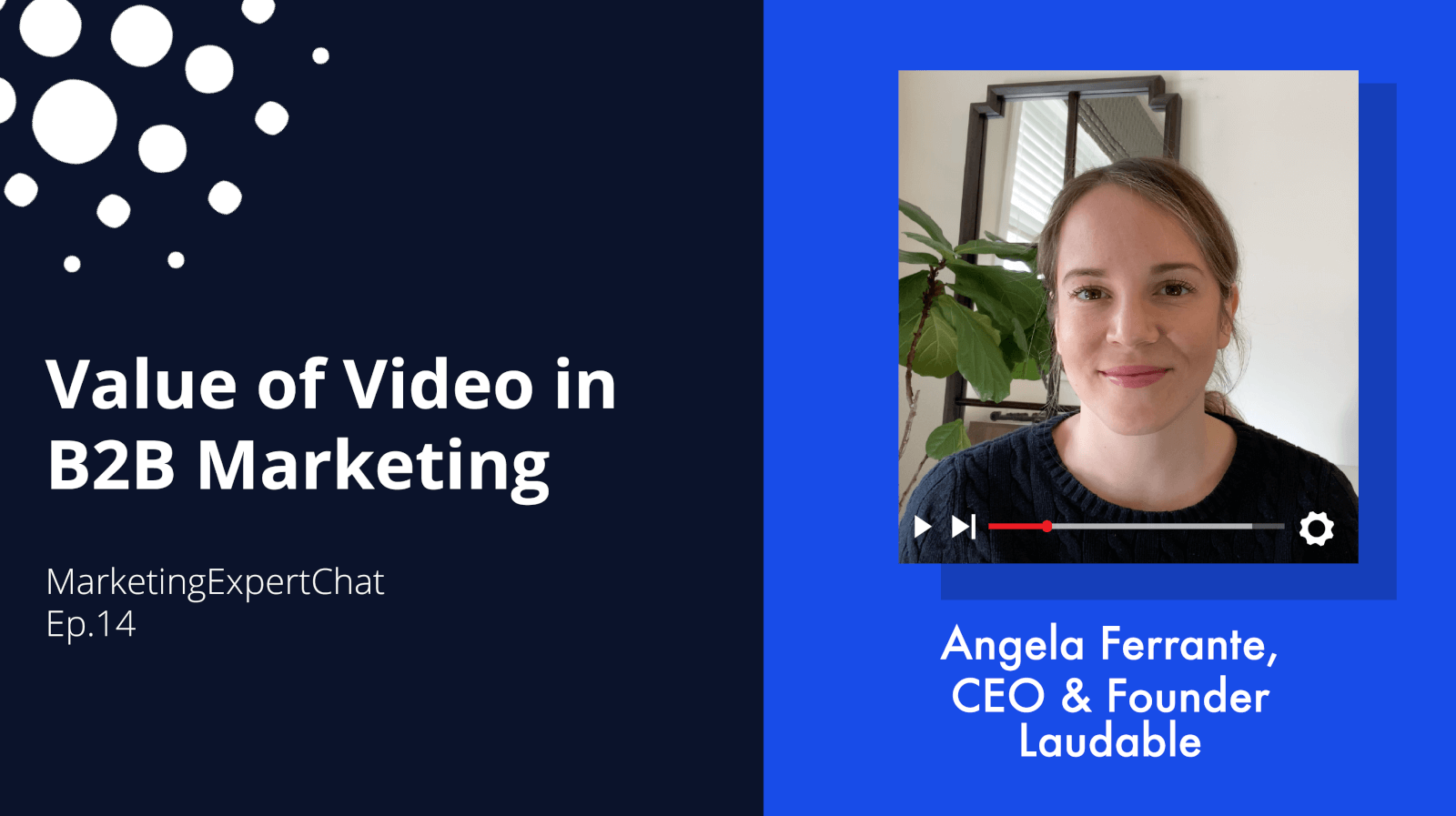Tired of your leads getting stalled during the nurture process – and never turning into real sales opportunities? There’s a good chance you’ve never undertaken a proper funnel mapping process, or your current process needs to be refreshed.
This article reveals a proven process that helps B2B companies create a smoother, more consistent marketing and sales journey – and ultimately turn more leads into paying customers.
RevOps Strategies for Accelerated Growth:
See How a SaaS Company Boosted Inbound Revenue by 466%
Understanding the Basics of B2B Funnel Mapping
All marketing and sales professionals are familiar with the concept of a funnel, but what does it mean to “map” that funnel? And given the effort it requires, how does the mapping process benefit your business?
Well, think of your sales process as guiding buyers from one location to another: there are an infinite number of ways they could proceed – but there will always be a path that is most efficient.
Funnel mapping plots out the ideal journey through which a buyer will progress from first contact to loyal customer. It creates a theoretical “map” with which your sales and marketing teams guide the buyer through their journey toward making a purchase.
Of course, the map you create is a guide - not a set of orders. Most B2B buyers move through the funnel in a complicated, non-linear way, often moving back and forth between stages multiple times. But having the “ideal” journey mapped out helps with several challenges:
- Identifying Gaps: Most B2B marketing and sales teams miss opportunities to engage with leads in a timely manner, such as immediately after they download your content or move to a new “stage” in the sales cycle. Mapping the funnel helps to identify and fill those gaps, ultimately increasing engagement and accelerating deals.
- Align Departments: Sales and marketing often struggle to collaborate effectively, with conflicting incentives and misaligned goals. But a funnel map helps to demonstrate how the two teams’ efforts work together to move prospects from their initial engagement to making a purchase.
- Improve ROI: 60% of B2B content is left completely unused – mostly because it doesn’t meet any specific buyer needs. The process of mapping content to the sales funnel ensures you are only creating material that will actually support the sales process – and therefore actually generates value.
But mapping your funnels is a complicated process – and companies face a number of challenges.

3 Challenges When Mapping Your Marketing and Sales Funnels
1. Stage Names
Almost every company breaks its marketing funnel into distinct ‘stages.’ This helps them track a prospect’s progress and effectively calibrate their marketing to the prospect’s needs. However, there are a myriad of ways companies talk about their funnel stages.
Most companies use three different categories for their customer journey funnel: lifecycle stages, lead statuses and opportunity or deal stages. Within each of these, there are numerous different names for each stage and status, which can lead to confusion, miscommunication and wasted opportunities.
2. Shared Definitions
Different terms make it hard for marketing and sales to keep everything straight. But many companies also lack a standardized definition of their stages - making it hard for different teams to understand exactly what is meant by each term. This is because the stages are often defined using vague terms rather than measurable facts, so individuals are left to interpret which stage the prospect is at based on their personal understanding of the definitions.
When coordinating large teams - for example when contracting a webinar marketing agency to run a large online event - even subtle even subtle differences in definitions can lead to mistakes. There is an effect on behavior, too. Research finds that 60% of B2B sales reps are more likely to follow up on Marketing Qualified Leads if the qualification criteria are agreed on in advance.1
3. Aligning Sales and Marketing
Sales and marketing each has their own funnel. A marketing funnel outlines the process of locating your ideal customers and introducing them to your brand, while a sales funnel outlines the process of building a relationship with them and turning them into a customer.
But this is not a question of marketing funnel vs sales funnel; each funnel should enable collaboration and clear communication between sales and marketing. Each department should know what actions are required and how they can help drive potential customers throughout each stage of the funnel. Yet, in many organizations, these teams are actively in opposition, which undermines any work you do mapping the funnel.
4 Principles for Mapping Your B2B Funnels
1. Universal Applicability
Every stage of your funnel should be applicable to all prospects and clients. Too many agencies use unnecessarily complicated systems that are not applicable to all of their clients. But this creates counterproductive complexity and suggests that the funnel is not mapped out well enough.
2. Fact-Based
Each stage should be clearly defined based on verifiable facts. A simple example would be a prospect attending a product demo with a sales rep: when a prospect has done this, their deal stage should change - and whether they’ve attended the demo can be objectively verified, which removes ambiguity and makes the definitions easier to apply. The definitions should also be clearly documented in a place where all sales, marketing and customer success team members can access them.
3. Conversions Matter
A simple way to determine whether you need any given funnel stage is to ask: do I care whether I can track this conversion? The movement between stages should not just be clearly defined — it should indicate that a meaningful change has occurred since the previous stage.
4. Simplicity is Key
The funnel stages you use should be as simple as possible. This also means there should be as few as possible. The B2B journey is increasingly complex and non-linear, which means having too many distinct stages will amplify the complexity of buyers moving back and forth between stages.
One simple solution is to reduce the number of funnel systems you use. You don’t need both Lifecycle Stages and Lead Statuses — and using only Lifecycle Stages will actually benefit your business.2

What are the Key Lifecycle Stages of Leads?
1. Suspect
A Suspect is a buyer who may or may not be interested in your offering. We define it as any contact in the database with less than 100 lead scoring points.
Many businesses use the term ‘prospect’ here, but that creates unnecessary confusion. A ‘prospect’ implies some level of interest, and the crucial point of the suspect stage is that you don’t know whether the buyer is interested yet.
All leads should go through this stage, regardless of what source they come from. This is important because it ensures you properly map the journey, rather than skipping the initial stage and ending up with a bunch of qualified leads that aren’t attributed to a particular channel or activity.
2. Marketing Qualified Leads
A Marketing Qualified Lead (MQL) is a buyer that has been reviewed by marketing and is considered a good fit for the company. It’s important to emphasize here that MQLs must only be determined by the marketing department.
This might seem an obvious point, but lots of companies move prospects into the MQL category based purely on lead scoring. And while lead scoring is important, it doesn’t necessarily enable the level of discernment necessary to create an efficient funnel.
Sales might import prospects to the database to enable outreach using lead scoring without consulting anyone in Marketing. As a result, a large volume of MQLs can be generated without marketing signing them off, which means Sales aren’t focused on the most valuable or hottest leads. All of which might explain why the average B2B Sales team finds just 44% of MQLs to be a good fit for the company.
3. Sales Qualified Leads
A Sales Qualified Lead (SQL) is a lead that has been reviewed and deemed worth pursuing by the Sales team. We recommend separating SQLs into three categories:
SQL Contacting
Defined as any contact being communicated with by sales via a sales sequence (emails and/or calls).
SQL Scheduled
Defined as any contact that has scheduled a demo or other sales interaction.
This helps track the progress of SQLs more clearly. You are able to attribute each conversion and optimize each step of the process at a more granular level, ultimately improving your results over time. These clearer lifecycle stages also reduce the need for clarifying lead statuses.
4. Opportunity
The Opportunity Stage is the point in your funnel where leads become active sales opportunities. They are considering you as a vendor and likely interacting directly with your sales team.
This will inevitably be broken down into multiple opportunity or deal stages, which will be different depending on your specific product or service. But there are two principles to keep in mind:
The first is making the names intuitive and clear. Don’t create a ‘demo’ stage; create a ‘Demo Happened’ stage. This makes it crystal clear to every sales rep exactly what the stage means.
The second is to build your opportunity stages around what the customer needs in order to buy, not what you need in order to sell. This helps you think through how to be more helpful and build your processes around facilitating deals.
5. Customer
A customer is, well, a customer. It might seem strange to have a category for them, as becoming a customer is supposed to be the end goal of your funnel. But you still likely want to send them custom campaigns or nurture materials to increase loyalty and Customer Lifetime Value (CLV), so they need their own clear category to facilitate that.
It’s also important that you exclude customers from certain campaigns. If an existing customer sees that you’re offering new customers a discount, they might feel they are unfairly missing out. So you’ll need an accurate list of customers in your CRM to ensure customers only receive communications intended for them.
6. Recycled
A Recycled Lead is a buyer that is not actively moving through your funnel but is still worth nurturing. It might be that their purchase cycle is over, and you’ll have to wait 6 months before the opportunity to land a deal comes back around. But if they are a good potential fit, you should still maintain contact and stay top of mind for when the time comes to start pushing for a sale.
7. Disqualified
A Disqualified Lead is a buyer that is not worth pursuing. While it might seem strange to keep such leads in your system, doing so helps avoid wasted effort from marketing and sales. If you remove a lead from your system once they are determined to be a bad fit, the same bad lead might end up being added to the funnel again as a fresh lead - and resources will once again be wasted nurturing them.
8. Churned
The Churned category is for customers who have stopped purchasing your goods or services. While they should still be nurtured, there needs to be a clear distinction between them and fresh leads so that your messaging reflects that they already know and have experience with the company.
Remove Gaps from Your Funnel and Drive More Revenue
A poorly mapped funnel creates gaps in your marketing strategy and leads to wasted opportunities. One eLearning client of ours generated 1000s of leads each month through their popular webinars but failed to nurture them and ultimately missed out on sales.
At ProperExpression, we helped them streamline the sales process, automate their Lifecycle Stages, and deliver a comprehensive nurture campaign. The result? A 500% increase in demo requests and a $300,000 extra pipeline.
Read the full story here.
Ready to discover how ProperExpression’s expert RevOps team can help you map your funnel more effectively so you can drive more conversions?





